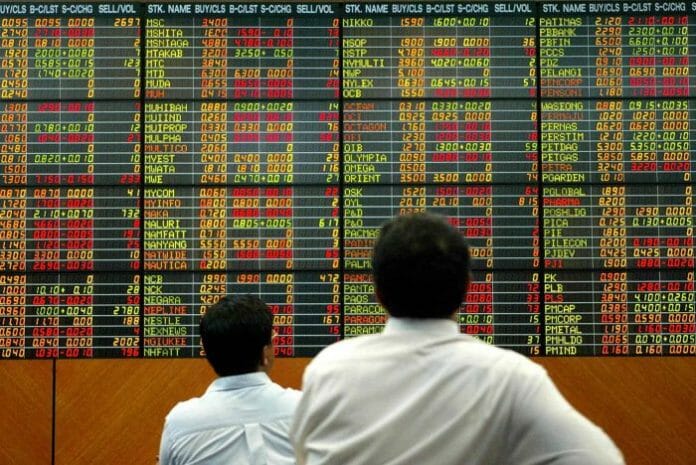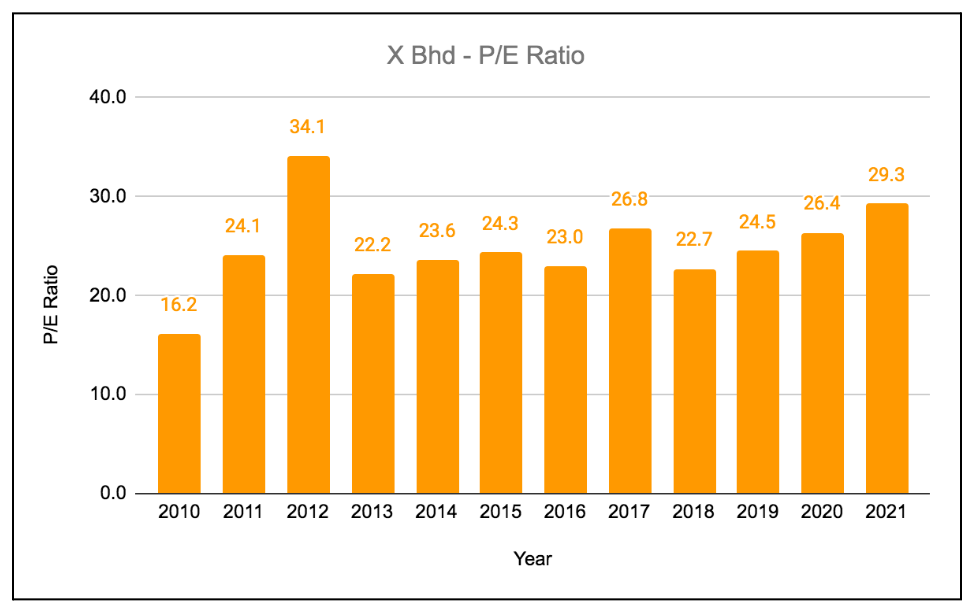Let’s say, you bought a stock at RM 4+ a share in 2018. Today, it is trading at RM 3.41 a share, putting you at a 20%-25% in capital loss.
Here, the question is, ‘Will this stock rebound?’. Should you keep it and wait for it to climb back to RM 4 a share before selling it off? Or, should you just exit this position, recoup your capital and move on?
How do we make better decisions on this?
Well first, it is important to note that my views are limited to value investors. As an investor, my own objective is to accumulate shares of good stocks over time. Thus if the stock above is fundamentally solid, I should be happy to buy back its shares at lower prices as compared to my original investment cost.
So, the first step to deciding on this stock is to reassess its fundamentals. This will involve checking its long-term profitability figures. Here, for this stock, I found it to have reported the following earnings since 2010. In brief, this stock reported its highest earnings in 2014. Then, it delivered a decline in earnings from RM 1.0 billion in 2014 to RM 581 million in 2021. So, in this case, I would say that the price decline could be a reflection of the decline in its earnings or income productivity in 2014-2021.
Here, I can see that although its stock price is declining, its P/E Ratio has grown, up from 20-25 in 2013-2018 to as high as 29.3 in 2021. It means that the stock’s valuation has become a lot more expensive despite falling share price in the past 3 years. In 2022, its stock price has fallen to RM 3.41 a share. Based on its latest earnings per share (EPS) of 14.9 sen, its current P/E Ratio is 22.9, which is closer to its P/E Ratio of 20-25 throughout 2013-2018.
By looking at earnings and P/E Ratio, I find that the stock price decline is logical, justified, and sensible. It is difficult to expect a rebound in this stock back to RM 4 a share in the near future.
In this case, a sale of this stock is warranted. You may recoup some capital from it and reinvest them into stocks with better fundamentals at better valuations. I believe this approach is more practical to value investors.
But, with that being said, you may have to deal with loss aversion (emotions).
This is because it can be painful to realize losses and admit to making mistakes.
Now, if you find it comfortable to ‘cling’ to bad investments, think again. Your decision might not only cost you further losses from these investments but also hinders you from making profitable investments in the future. Therefore, it may be a double whammy to you and your portfolio.
Think of this like a relationship. What is the point of holding onto a relationship, if it would not be fruitful in the end? Parting ways would enable you to embark on, embrace, and enjoy a better and more meaningful relationship in the future. This, for most cases, can be more exciting than just merely ‘clinging on.
In conclusion, maybe it is time to do some spring cleaning for your portfolio. Do you have stocks that are in capital loss positions? If you have, you can spend a bit of time and effort to reassess its fundamentals. If you realized that you have been keeping fundamentally poor stocks, maybe you should consider selling off these stocks. Otherwise, you can keep them, at least for the time being.
By Ian Tai of KCLau.com, financial educators.










